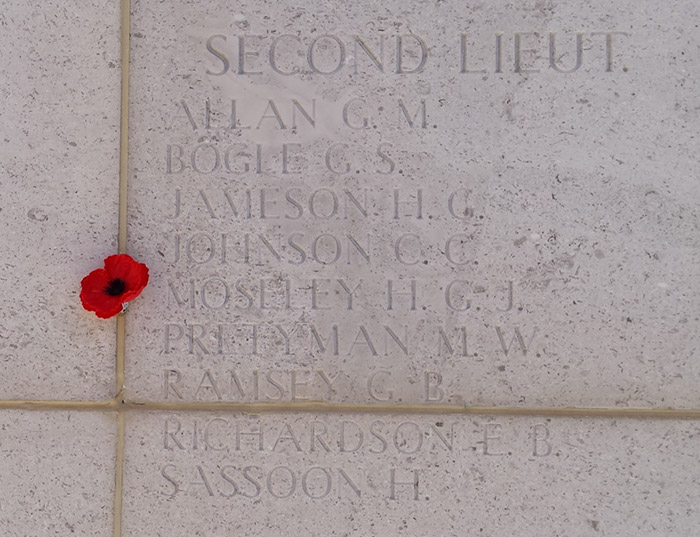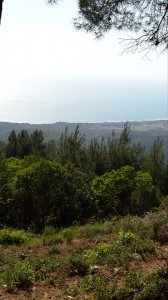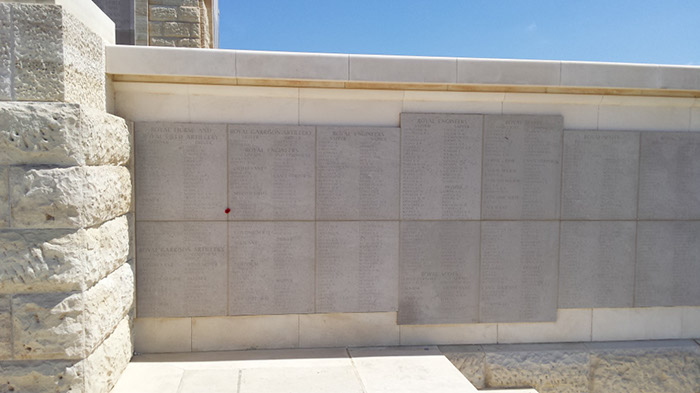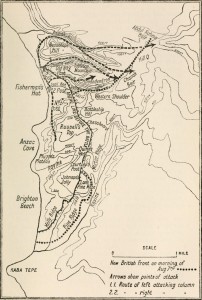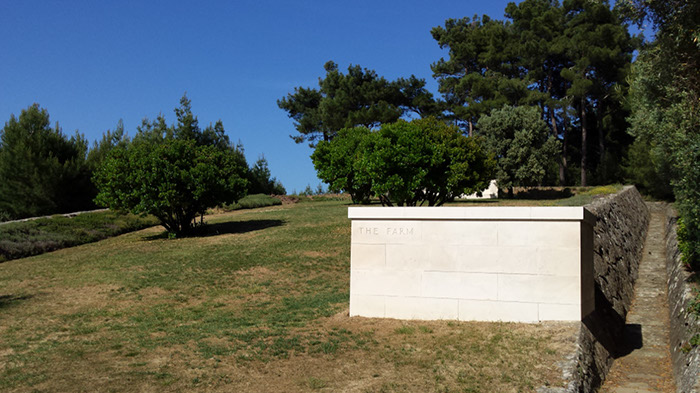Creating and curating a special exhibition
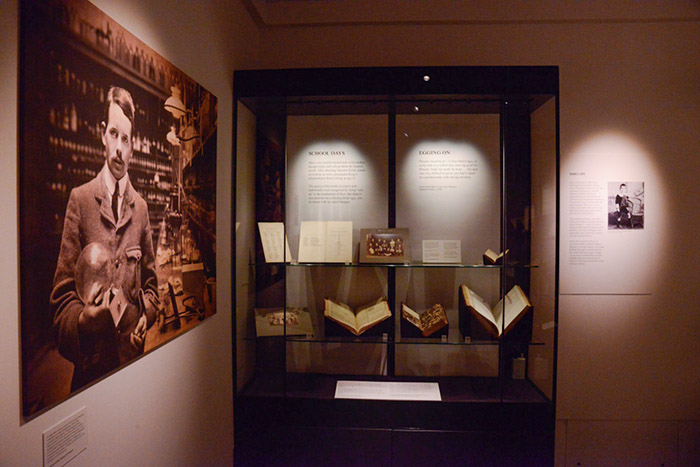
Our current special exhibition, ‘Dear Harry…’ – Henry Moseley: A Scientist Lost to War, features many artefacts drawn from the collections of museums and archives around the country. Its stories and narrative attempt to convey something of the voice and character of Moseley himself; and some of the scientific experiments he conducted are revealed through computer animation.
Although our special exhibition gallery is quite a small space, mounting a show is nonetheless a complex, varied and often long process. So how does an exhibition like Dear Harry come together? Co-curator Dr Liz Bruton explains…
**
It helps to start early. Plans for an exhibition on Henry ‘Harry’ Moseley were first discussed in 2013 as part of ‘Innovating in Combat’, a joint project on World War One telecommunications at the University of Leeds and Museum of the History of Science. The 2015 centenary anniversary of the Gallipoli conflict, where Harry was killed, emerged as a perfect date, and summer 2015 was earmarked for the exhibition at MHS.
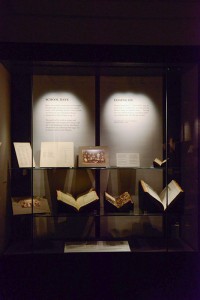
Subtle but effective lighting helps to show off the material without subjecting delicate paper objects to harmfully bright light
The next step is to secure some funding. We approached potential project partners and lenders and then began work on a Heritage Lottery Fund ‘Our Heritage’ grant application. It was at this time, about 18 months before the exhibition itself, that many of the themes and ideas for the wider project came together. Thankfully, the Heritage Lottery Fund generously decided to support the project in December 2014.
By this time the three central themes of ‘son, scientist, and soldier’ had been decided for the exhibition. These ideas determined much of how the physical displays would be structured. Harry’s surviving apparatus, preserved by Professor Townsend at the Department of Physics in Oxford and donated to the Museum in the 1930s, along with an animation of the apparatus in action, would together sit at the chronological and thematic centre, in between material from his youth and his later experiences in the Royal Engineers and ultimately his death in Gallipoli in August 1915.
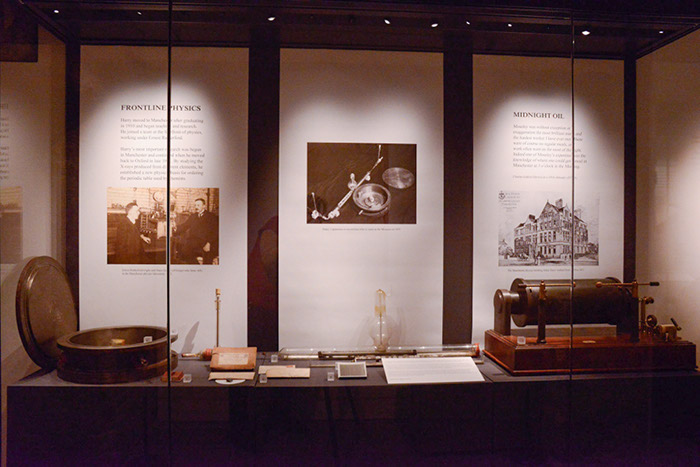
A central display showing Moseley’s scientific apparatus
Our collections manager, conservator, and exhibition curators, along with other staff, worked closely to determine the final selection of artefacts for display. We were keen for Harry’s voice and character to be present throughout the show so we carefully selected a set of ‘Moseley moments’, as we referred to them, which now appear as quotations in cases and on large wall mounts. These quotes help to tell the deeply personal and biographical story of Harry’s life.
In the final stages of preparation, cases, artefacts, labels and displays were brought together by staff and installed in the Museum’s newly-refurbished special exhibition gallery to create the exhibition that visitors see today. Towards the end, a little ‘fairy dust’ was sprinkled over the show by our external lighting designer, who created a simple and effective lighting scheme in the gallery.
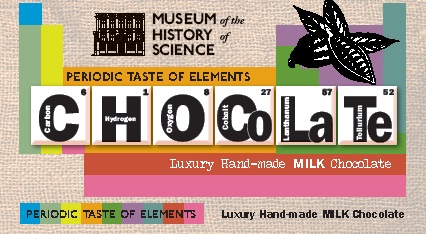
But there is more to mounting an exhibition than the gallery displays themselves: all museum staff came together in weekly meetings to discuss everything from visual identity to media relations to merchandise. The latter discussions resulted in a tasty bespoke product: the Periodic Taste of Elements luxury chocolate bar. Needless to say, settling on this particular aspect of the exhibition involved lots and lots of testing…
We also worked closely with the Hochschule für Technik und Wirtschaft (HTW) in Dresden, Germany to create a computer animation of Moseley’s X-ray spectrometer experiments. You can watch that animation video here.
If you haven’t visited Dear Harry yet, please do. We hope you enjoy it; and don’t forget to grab a chocolate bar or two from the shop on your way out! If you have any comments do let us know on this blog or via email.
